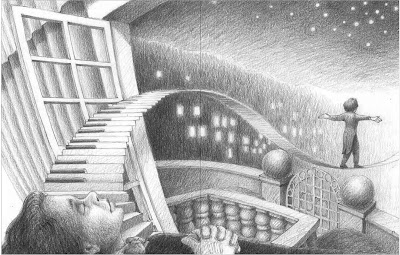Jenni Connor shares her thoughts on special places in children's literature and how this love of home is portrayed in Nan Chauncy's books. In October you can join us with a special visit to Chauncy Vale - information is at the end of the post.
I’ve been pondering the source of the appeal that drew me to
my favourite childhood stories – Wind in
the Willows, Famous Five and Secret Seven, The Secret Garden, Swallows
and Amazons etc. It was of course, partly the fact that children escaped
the clutches of the adults who aimed to thwart their instinct for adventure;
and that, once released, the children ventured where I could not go and did
what was forbidden or impossible for me – sailing , fishing, exploring,
risk-taking. These lucky escapees combined adventure with camaraderie; an
irresistible allure for an only, lonely child. And, thank heavens I could join
them through my imagination and the power of the authors’ words.
Another strong emotional pull came from the fact that many
of the stories also featured ‘home-making’, reflecting the human need for a
place to call one’s own, to decorate to one’s taste, to cook, eat and relax in.
Food, fire, friendship, warmth and safety from ‘the wild out there’; from
picture book to adult novel, these qualities draw and reassure us.
In Wind in the Willows,
my heart warmed at the description of the gipsy caravan: ‘It was indeed very
compact and comfortable. Little sleeping bunks…a cooking stove, lockers,
bookshelves and a bird-cage with a bird in it; and pots, pans, jugs and kettles
of every size and variety’.
Bilbo Baggins in The
Hobbit obviously shares my obsession with creature comforts as he describes
his hobbit-hole: ‘It had a perfectly round door like a porthole, painted green,
with a shiny yellow brass knob in the exact middle and carpeted, provided with
polished chairs and lots and lots of pegs for hats and coats – the hobbit was
fond of visitors’.
 |
| Cave entrance © D Madden-Hallett |
 |
| Back wall of cave © D Madden-Hallett |
 |
| Eve's bath © D Madden-Hallett |
As a child, I used to ‘adventure’ in the sandstone caves at Howrah Beach. Danielle Madden-Hallett, ecologist, artist and member of the Chauncy Vale Committee, tells me that the caves made famous in the movie They Found a Cave are far more interesting. Danielle tells me that you can see a variety of native orchids in all seasons, Tasmanian Devils – or signs thereof – Wallabies and Pademelons, Eastern-barred Bandicoots, Spotted-tail Quolls, Grey Goshawk, Tasmanian Masked Owl and, if you’re lucky, a breeding pair of Wedge-tailed Eagles. You can watch wrens and robins and wander through interesting remnant eucalyptus vegetation in the amazing fresh air of this distinctive Tasmanian bushland setting.
 |
| Day Dawn, Chauncy Vale © D Madden-Hallett |
To have these experiences with informed guides at your side and to see Nan’s famous Day Dawn Cottage, come to the Picnic in the Vale on Sunday 11 October, 11 am- 2 pm: www.cbcatas.org – events. It’s the finale of our Year of Celebration of Nan Chauncy, so don’t miss it! Book your place for friends and family - and your picnic hamper - here!
Jenni Connor
Editor’ note: Our thanks to Danielle Madden-Hallett, Senior
Ecologist, Danato Environmental Services for the beautiful (copyrighted) images
of Chauncy Vale.





